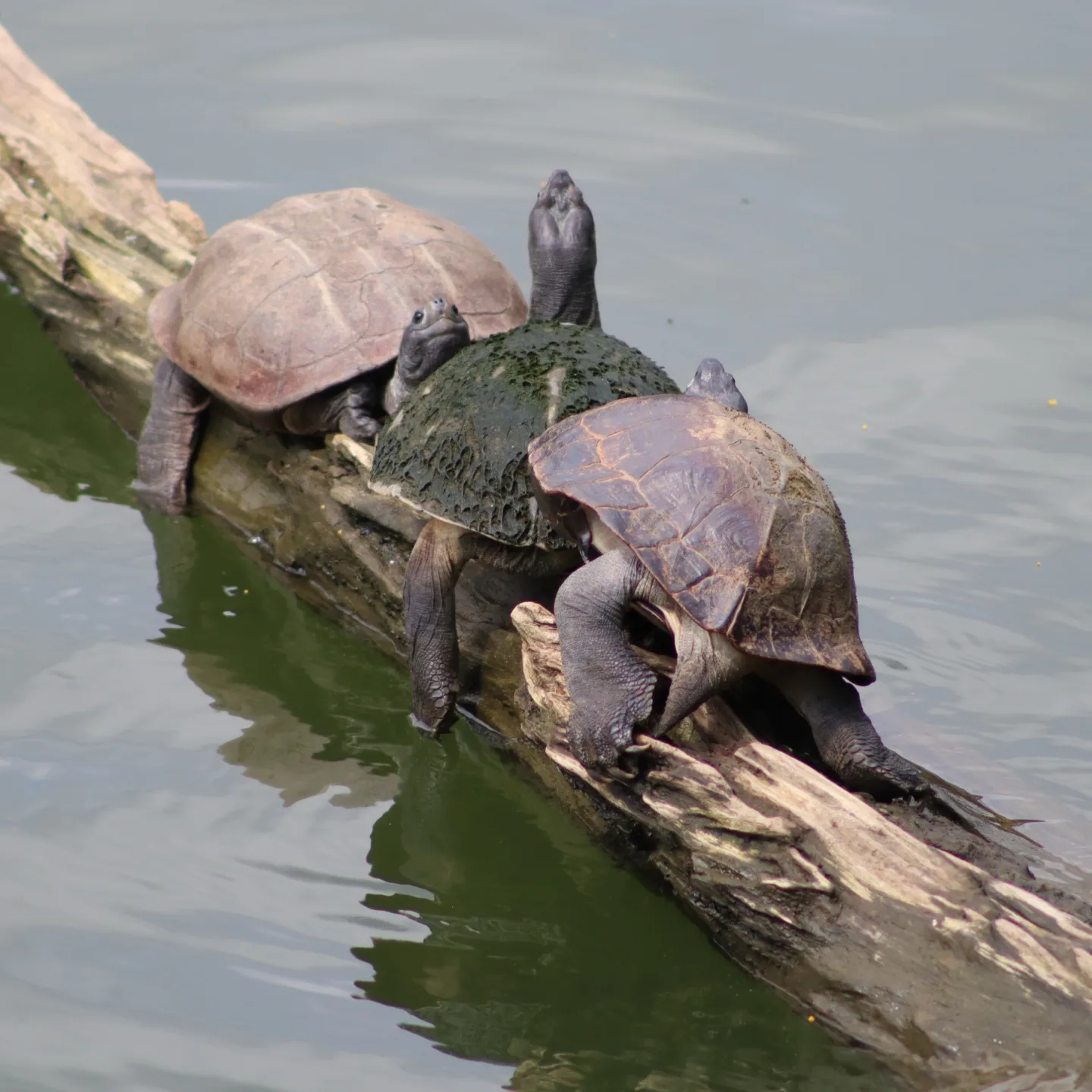History of Kandy City
Kandy lake, known locally as “Kiri Muhuda” or the “Sea of Milk,” is a man-made lake situated in the heart of Kandy Srilanka. The lake was commissioned by King Sri Wickrama Rajasinghe in 1807, the last monarch of the Kingdom of Kandy, to enhance the beauty of the Temple of the Tooth (Sri Dalada Maligawa), which houses a sacred tooth relic of the Buddha. The lake was constructed by damming a section of the paddy fields in the area, and it took several years to complete.
Throughout its history, it has witnessed significant events, including battles and political turmoil, especially during the period of British colonization. The lake itself became a symbol of the city’s resilience and cultural heritage. Over time, the British expanded and modified parts of the lake, including adding an island in the center, which was used as a private bathing spot for the king’s harem and later as a storehouse for weapons by the British.
Geography of Kandy Lake
Kandy Lake spans approximately 19 hectares (47 acres) and is roughly 3.2 kilometers (2 miles) in circumference. It lies at an elevation of about 500 meters (1,640 feet) above sea level, surrounded by the rolling hills and lush greenery typical of the Kandy region. The lake is situated in a natural basin, making it a focal point for the city’s landscape.
The lake is fed by a natural stream and several smaller tributaries, while an intricate system of drainage channels helps to maintain its water levels. The lake has a depth that varies, reaching up to 18 meters (59 feet) at its deepest point. The small island in the center of the lake is now a prominent feature, often shrouded in mystery and folklore, adding to the lake’s allure.
Flora of Kandy Lake
The area around Kandy Lake is rich in plant life, contributing to its serene and picturesque setting. The lake is fringed by a variety of tropical trees, including the iconic Nuga (Banyan) tree, Bamboo groves, and a range of flowering plants such as the vibrant Bougainvillea. The waters themselves host a variety of aquatic plants, including water lilies and lotus flowers, which add to the lake’s natural beauty.
The surrounding area also features landscaped gardens and green spaces that provide habitat for a variety of plant species, some of which are native to Sri Lanka. The lush greenery around the lake serves as a buffer, protecting the water from pollution and helping to maintain the ecological balance of the area.
Fauna of Kandy Lake
Kandy Lake is teeming with wildlife, particularly bird species. The lake and its surroundings are a haven for birdwatchers, with species like herons, egrets, cormorants, and kingfishers being commonly sighted. The most notable birds include the Indian cormorant, which can often be seen drying its wings by the water’s edge, and the vibrant kingfishers that dart across the water’s surface.
The trees around the lake are often draped with bats, specifically the Indian flying foxes, which hang in large colonies. At night, these bats take to the sky, adding a unique element to the lake’s ecosystem.
In addition to birds and bats, the lake is home to various reptiles, including monitors and the occasional baby iguana sunbathing on the banks. Tortoises can also be seen basking on the logs and rocks that protrude from water. Fish species inhabit the lake, although they are not as diverse due to the lake’s artificial origins.
The lake’s fauna is diverse, with the balance of predator and prey creating a dynamic ecosystem. The presence of these species adds to the natural charm of the lake and highlights the rich biodiversity of Kandy region.
Conclusion
This Lake is not just a historical and cultural landmark but also a vital ecological zone within the city. Its man-made origins have seamlessly blended with the natural environment, creating a unique habitat for a wide range of flora and fauna. Whether you are exploring its historical significance or admiring the vibrant wildlife, Lake offers a tranquil escape and a glimpse into the rich biodiversity of Sri lanka.
